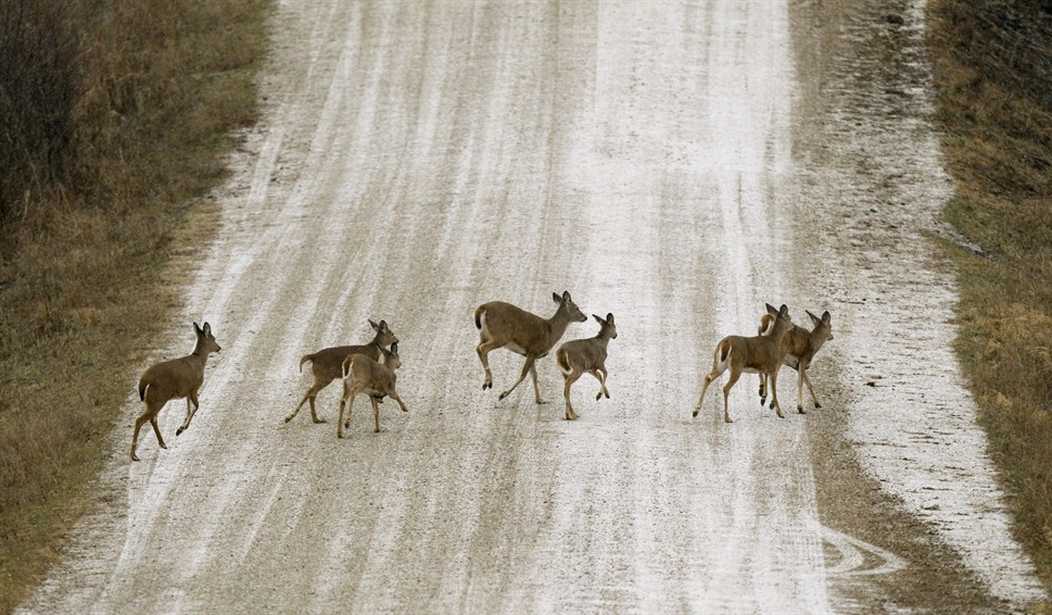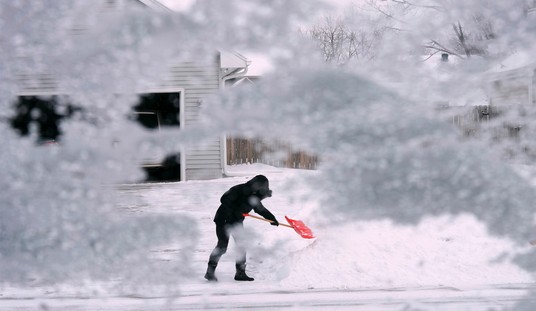Getting Away From It All
It's probably something of an understatement to note that we live in interesting times, in the "ancient Chinese curse" sense. The Middle East is literally exploding; China and Russia are kicking up their heels in the Western Pacific and Eastern Europe, respectively. We are coming into the final straightaway of a contentious presidential election. Plenty of folks, myself included, are worried about the future of this nation we love so much.
One can't worry all the time, though; down that path lies migraines, ulcers, and heart attacks, which none of us can afford. So it's important to get away from the fire hose of bad news now and then, and there are few better ways to do that than a nice walk down a quiet country road. Kids are great at that, and if you have young kids or grandkids, watch them and remember what that was like. Of course, in my Allamakee County, Iowa, youth, roadsides could be the sites of many adventures, the types of adventures available only to rural kids in the late '60s and '70s. Best of all were the roadside ditches.
Being Nine Again
Nine was a great age; you're old enough to get out on some solo adventures, but young enough to take an unbounded joy in just living.
See Related: The Nature of Joy and Why the Left Is Way Off About What It Is
Everyone should be nine at least once, and able to lay at grasshopper’s eye height in the weeds of a ditch without fear of embarrassment. The wonders of life among the grass blades and weed stems are amazing, and it’s best appreciated at mouse height. That perspective can turn a grassy roadside ditch into a veritable safari, at least to nine-year-old eyes.
Northeast Iowa’s expansive Yellow River State Forest had the kinds of ditches I liked best. The gravel roads that wandered through the hills and followed the valleys along Paint Creek had nice wide shoulders, and wide, deep ditches on both sides. Where the road wandered along the edge of a bluff, the ditch would narrow to a few feet with a wall of limestone facing the road. The ditches along the roads entertained me on many a happy afternoon as my parents fished for trout in the pools of Paint Creek.
To the nine-year-old boy lost in the world of the roadside, the limestone face would be a giant castle, or a vast mountainside; imaginary battles with mounted knights would rage across the turrets and ramparts, or perhaps a larger, imaginary version of my nine-year-old self would pursue mountain goats or Dall sheep across the windswept face of the rock. With a spool of thread usually among the many and varied contents of my pockets, I would lash together platforms of twigs on which whole villages would perch on the cliff face, and walkways of weed stems would wind from platform to platform, down to rock ledges that grew crops of moss.
While I was thus engaged, my parents would often insist that I make some productive use of my time (a habit that sticks with me to this day) and sent me into the meadows to hunt medium-brown grasshoppers for bait. Trout and bass favor grasshoppers as food; therefore, it follows that trout and bass fishermen, like my parents and me, favor grasshoppers as bait. At the tender age of nine, I was an accomplished grasshopper hunter. Mason jar in hand, I’d spend an hour catching big brown hoppers, little green hoppers, and medium-sized speckled hoppers, and stashing them carefully under the jar’s perforated lid. Medium-browns were the best, and it was on them that I focused my efforts.
Catching grasshoppers for bait is delicate work. You have to catch the hoppers alive and unharmed, or they won’t take the right action to entice a hungry trout. This requires stalking skills that would do Davy Crockett proud. The careful hopper hunter always proceeds into the sun, to keep from casting shadows on the wary insects. Squinting against the glare, I’d slip through the tall grass, watching for the flush of a hopper. The rattle of wings would accompany the flash of a startled hopper’s flight; if not pressed, they’d flutter only a few feet on the first hop, and settle down in the grasses again. Smaller, immature hoppers without fully developed wings would ping off the ground or grass stem, and land prepared to hop again. This, this not-too-spooked-yet first hop, was where the hopper hunter’s skill was to be called on.
Moving slowly, so as not to seem to be moving at all, was the key. If I slipped up on the hopper slowly enough to keep it from spooking into a second hop, I could reach forward, slowly, slowly, ever so slowly, and carefully grab the hopper right where the wings joined the thorax. If I missed this all-important grab, the hopper would take off on a spooked second flight that would last 20 or 30 yards, usually into tall grasses; the flightless hoppers would take off on a series of leaps that would end up somewhere out of sight among the weeds. More often than not, though, I was successful. Even at nine, I was an experienced and savvy hopper hunter. The grabbed hopper would kick his muscular hind legs and spit tobacco juice to no avail; into the Mason jar he’d go, with several of his fellows, to see eventual service as bait.
Much of my youth was spent just like this; along quiet country roads, forming some of my very best memories. Fortunately, now, I live along just such a quiet country road, and I spend a fair amount of time wandering the side roads and trails of south-central Alaska.
See Related: Photographs and Memories - Reflections on Summer
Nowadays
I’ve never really outgrown my interest in quiet country roads. Roadside ditches may hold wild berries or asparagus as well as furry critters suitable for turning into casseroles. In many places walking along the road in spring or early summer will get you dive-bombed by red-winged blackbirds that favor those locales for nesting. In winter, snowmobile owners ride the ditches for miles, an activity I’ve never quite caught on with but one that’s very popular to this day in the upper Midwest, as well as here in the Great Land. Also here in the Great Land, the side roads may produce spruce grouse picking up gravel for their gizzards, or a patch of lingonberries or watermelon berries.
A quiet country road in nice weather is a good place for a walk no matter your age. And it's a great way to get away, for an hour or so, from all the stresses and strains of life.














